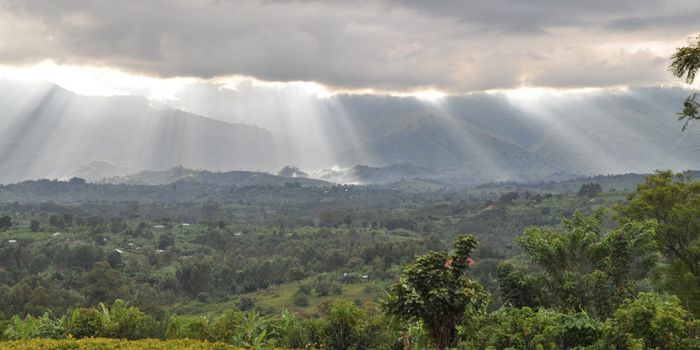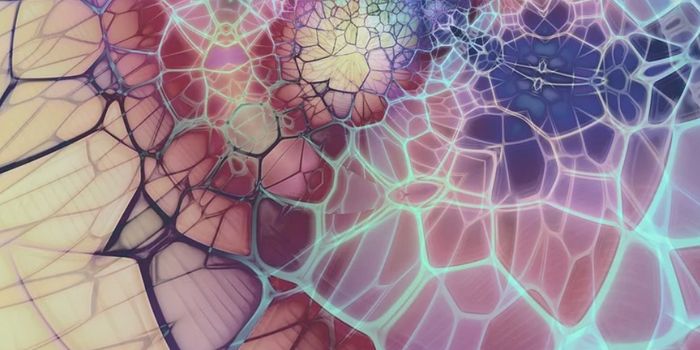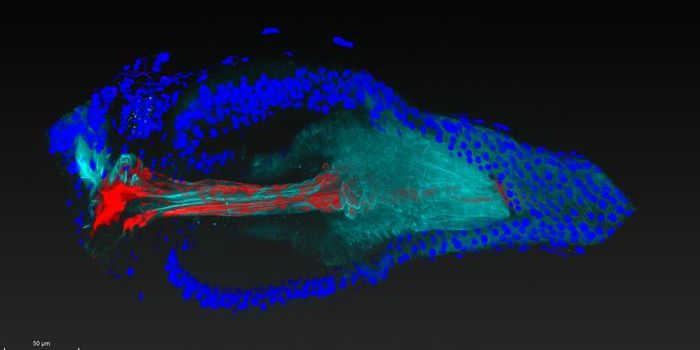Using Microbial Manufacturers to Create Eco-Friendly Skis
There is huge potential in microbes; researchers have long been trying to use them to produce valuable materials like medicine, polymers, and fuel. It has become straightforward enough to engineer the microbial genome so that organisms like bacteria or algae can serve a variety of purposes in manufacturing. Biomanufacturing is often efficient compared to traditional methods, using fewer resources and producing less waste. However, scaling small reactions up to the quantities that are often required has been a major hurdle in the field.
After a microbe has been genetically engineered to produce some desired product, that microbe must be grown in a culture, which can be fraught with challenges, especially as more and more are grown in larger volumes. The product then has to be harvested and purified from the growth culture. This production scheme usually has to be tested and refined by a team of researchers.
One place to find that kind of research team is the Berkeley Lab’s Advanced Biofuels and Bioproducts Process Development Unit (ABPDU). They have helped dozens of companies with this work in their region, the San Francisco Bay Area, including one called Checkerspot that wanted help creating high-performance skis using algae.
The company was able to take advantage of a DOE Bioenergy Technology Office (BETO), grant that helps startups in their earliest stages.
“Our company formed because we had these single-celled microalgae that produces high amounts of triglyceride oils, which have an array of applications in food, personal care, and materials – including plastic alternatives,” said Checkerspot co-founder and Chief Scientific Officer Scott Franklin. “We were interested in further developing the microalgae as a sustainable platform, and we decided to focus on materials because there's really not a lot of novel or new materials development across a huge range of industries. Basically, people have been relying on what comes out of a barrel of oil for new polymers for a long time.”
The company co-founders wanted to create a way to make triglyceride polymers that could be used to build new stuff. For these outdoor enthusiasts, creating recreational products made sense, and a material that was light and flexible could be put to good use as skis, which are often made of different types of plastic.
First, the scientists at Checkerspot had to work with the team at ABPDU to find the right strains of algae; they wanted to find the ones that made the most oil. Next, they studied how to grow the strains efficiently in one-liter cultures. Next, they tested the growth at 300-liter volumes; that amount is necessary to make several kilograms of triglycerides. At that point, they were then able to move on to making the ski prototypes.
Right now, the algae are being grown in 300-liter cultures, then converted at a processor in Minnesota before being sent to Salt Lake City for another conversion to polymers that are used to make the skis on site. Learn more about the skis here.








